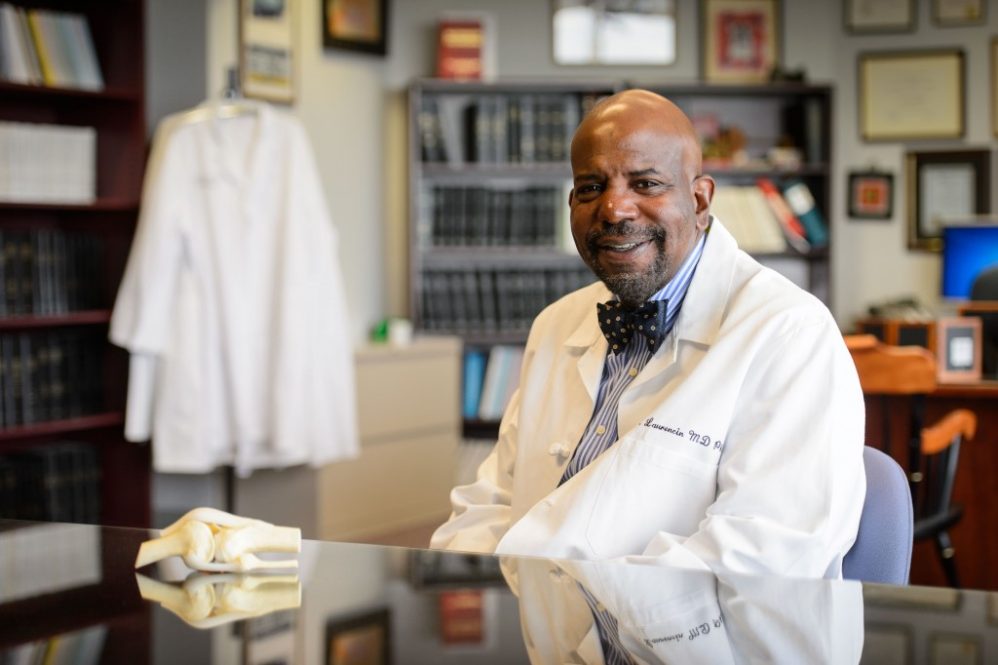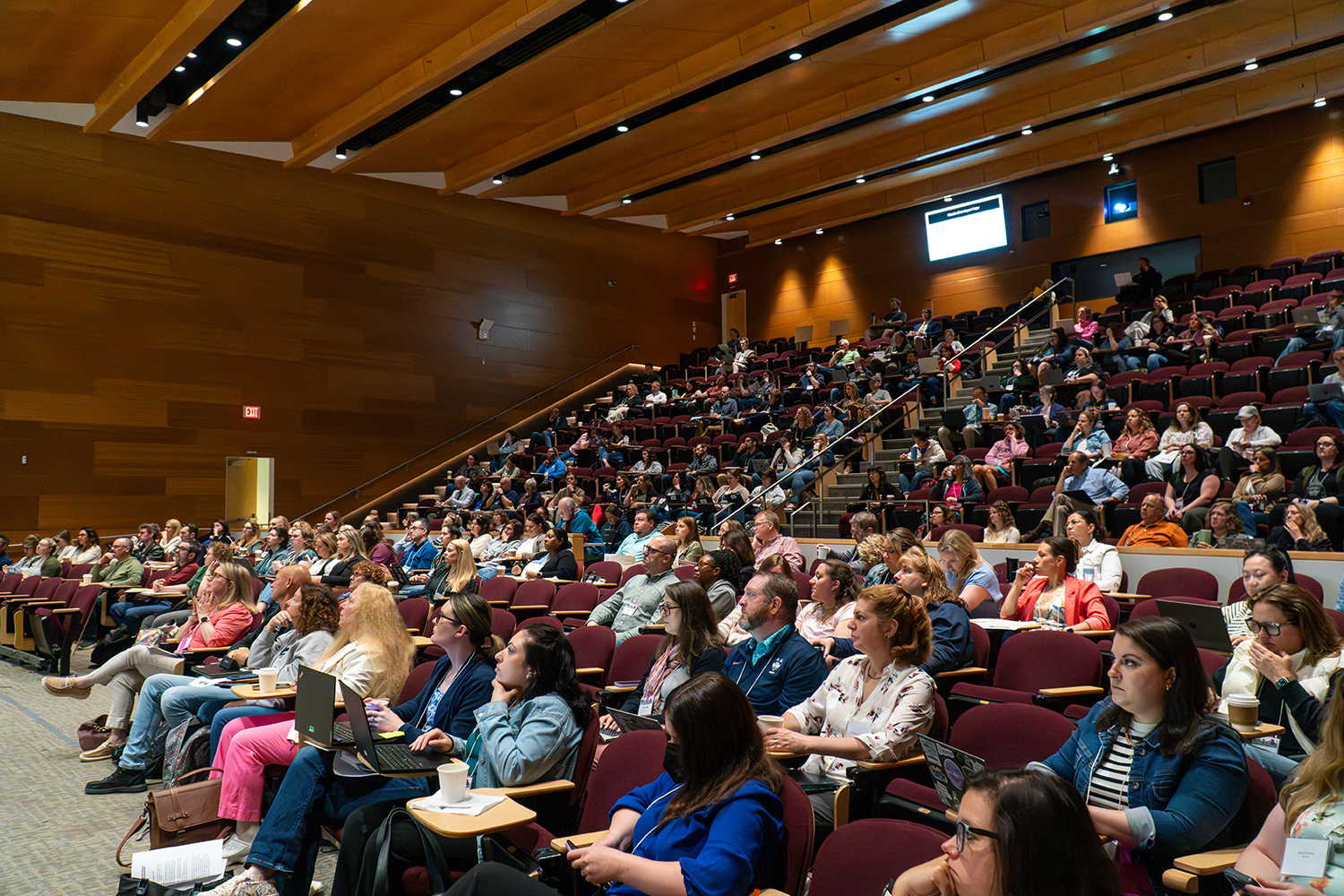A new way to regenerate muscle could help repair the damaged shoulders of millions of people every year. The technique uses advanced materials to encourage muscle growth in rotator cuff muscles. Dr. Cato Laurencin and his team reported the findings in the Proceedings of the National Academy of Sciences (PNAS) August 8th issue.
Tears of the major tendons in the shoulder joint, commonly called the rotator cuff, are common injuries in adults. Advances in surgery have made ever better rotator cuff repairs possible. But failure rates with surgery can be high. Now, a team of researchers from the UConn School of Medicine led by Laurencin, a surgeon, engineer and scientist, reports that a graphene/polymer matrix embedded into shoulder muscle can prevent re-tear injuries.
“Most repairs focus on the tendon,” and how to reattach it to the bone most effectively, Laurencin says. “But the real problem is that the muscle degenerates and accumulates fat. With a tear, the muscle shrinks, and the body grows fat in that area instead. When the tendon and muscle are finally reattached surgically to the shoulder bone, the weakened muscle can’t handle normal stresses and the area can be re-injured again.
Dr. Laurencin along with graduate student Nikoo Shemshaki worked with other UConn Connecticut Convergence Institute researchers to develop a polymer mesh infused with nanoplatelets of graphene. When they used it to repair the shoulders of rats who had chronic rotator cuff tears with muscle atrophy, the muscle grew back. When they tried growing muscle on the mesh in a petri dish in the lab, they found the material seemed to encourage the growth of myotubes, precursors of muscle, and discourage the formation of fat.
“This is really a potential breakthrough treatment for tears of the rotator cuff. It addresses the real problem: muscle degeneration and fat accumulation,” Laurencin says.
The next step in their work is studying the matrix in a large animal. The team looks forward to developing the technology in humans.
This work was funded by NIH National Institute of Arthritis and Musculoskeletal and Skin Diseases Grant No. DP1AR068147 and National Science Foundation Emerging Frontiers in Research and Innovation Grant No. 1332329.



